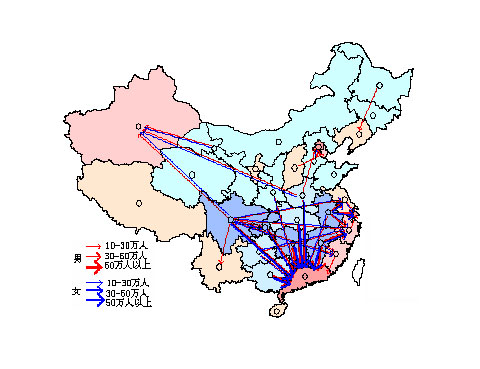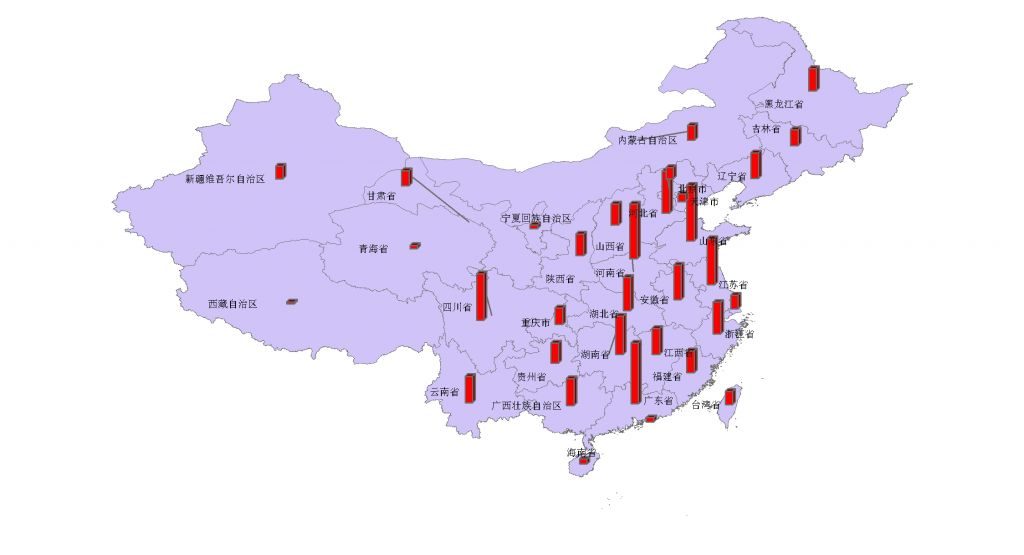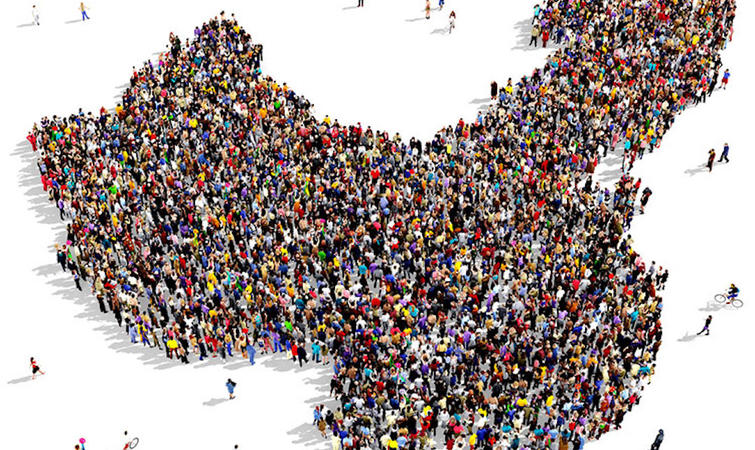The World’s Most Populous Country
2 min readWith just over 1.3 billion people(1,330,044,605 as of mid-2008),China is the world’s most populous country.As the world’s population is approximately 6.7 billion,China represents a full 20%of the world’s population,so one in every five people on the planet is a resident of China.

China’s population growth has been somewhat slowed by the one child policy,in effect since 1979.
China’s total fertility rate is 1.7,which means that,on average,each woman gives birth to 1.7 children throughout her life.The necessary total fertility rate for a stable population is 2.1;nonetheless,China’s population is expected to grow over the next few decades.This can be attributed to immigration and a decrease in infant mortality and a decrease in death rate as national health improves.

By the late 2020s,China’s population is expected to reach 1.46 billion.Around 2030, China’s population is anticipated to peak and then slowly start dropping.
In the next few decades,India,the world’s second most populous country,is expected to surpass China in population.By 2040,India’s population is expected to be 1.52 billion;that same year,China’s population will be 1.45 billion and India will become the world’s most populous country.As of 2005,India has a total fertility rate of 2.8.well above replacement value,SO ItS population is growing much more quickly than that of China.
Area of Current Residence(xianjuzhudi):Area in which a person is living at the time of the By-census.

Domestic Household(zhirenkoupuchazhongdeyigegainian):A domestic household consists of a group of persons who live together and make common provision of essentials for living.These persons need not be related.If a person makes provision for essentials for living without sharing with other persons.he is also regarded as a household.In this case the household is a one-person household.
Employee:A person who works for an employer(private companies government, etc.)for wage,salary,commission,tips or payment in kind.Domestic helpers,outworkers and paid family workers are also included here.
Unemployed population:Refer basically to persons aged 15 and over who. should (a)not have had a job and should not have performed any work for pay or profit during the seven days before the By-census;(b)have been available for work during the seven days before the By-census;and(c)have sought work during the thirty days before the By-census.
Retired person:A person who has worked previously but is not currently working because of old age.
Educational Attainment:This comprises the highest level attended and the highest level completed.
No schooling:Ineluding those who have never attended a formal course.
Ethnicity:The ethnicity of a person is determined by his/her self-identification; normally on a social and cultural basis.
Pre-primary:Including all classes in kindergartens and child care centers.








